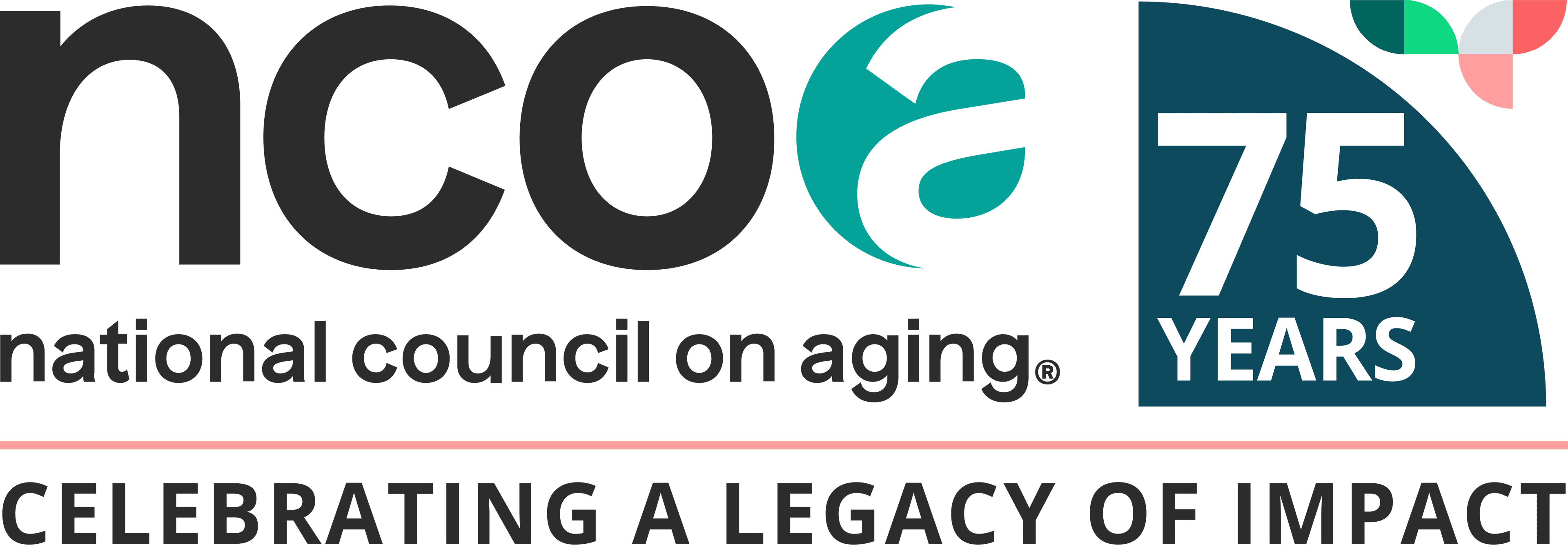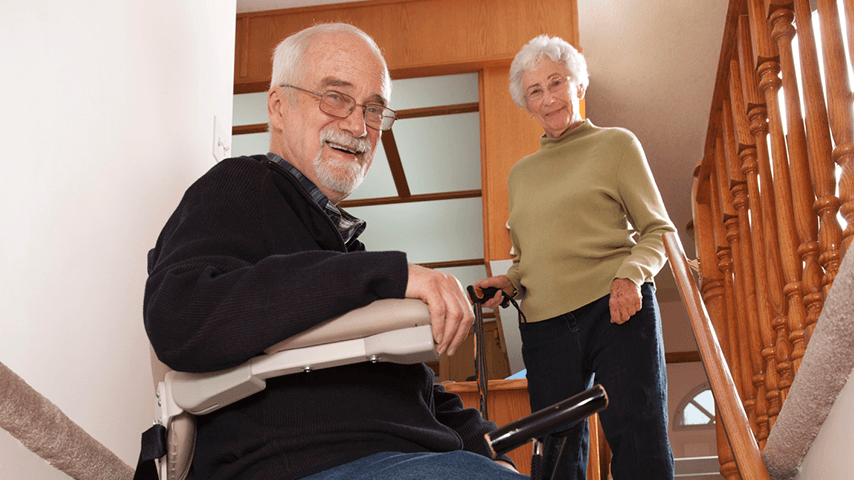The Caregiving Maze: Tools and Resources to Help You Navigate Long Term Support Services
3 min read

Related Topics
If you or someone you know needs help with everyday activities like eating, cooking, driving, or getting dressed, you can benefit from access to long term support services. These services help to address a person’s specific support needs, either at home or in an assisted facility.
In this article, we take a look at the different types of support services available, how these services are paid for, and how to find the resources to help you access the right services for you or your family.
Understanding Long Term Support Services (LTSS)
Long Term Support Services, or LTSS, are a broad range of paid and unpaid medical and personal care services. These services are usually engaged when someone has difficulty taking care of themselves. These types of people can include older adults with a chronic illness, people with intellectual or physical disabilities, or people with serious, long-term health conditions.
LTSS covers two main types of services:
- Activities of daily living (ADLs): eating, bathing, or dressing
- Instrumental activities of daily living (IADLS): meals, medication, housekeeping, or finances
LTSS can be accessed either in care settings or within the home.
Where care happens: home vs. facility
Care settings are places where people receive LTSS, from your own home to assisted living and skilled nursing facilities. These settings include:
- Assisted living facilities
- Board and care
- Skilled nursing
- Home and community based services
Home and Community Based Services (HCBS): Aging in place
Home and community based services, or HCBS, are services provided to people within their own homes. HCBS are key to helping people age in place, stay in their homes, and continue to participate in their communities. Some of these HCBS include:
- Personal care: assistance with bathing, dressing, eating, and mobility
- Homemaker/chore services: cooking, cleaning, laundry, and yard work
- Adult day health: supervised daytime care, socialization, and therapies
- Respite care: temporary relief for family caregivers
- Home health and skilled services: nursing and therapies (varies by state)
- Assistive technology and home modifications: ramps, grab bars, and medication reminders
- Transportation: to medical appointments and community activities
- Case management and options counseling: help navigating complex systems
HCBS are typically funded through Medicaid, but what is covered and by how much is decided by each individual state. HCBS are an important resource to help prevent caregiver burnout, prevent avoidable hospitalizations, and lower long-term costs.
As aging in place grows more popular, the demand for access to HCBS continues to grow.
Paying for care: Understanding your options
LTSS is paid for by several sources. The three main ones include:
- Medicaid: the largest payer for LTSS. Medicaid is required to pay for nursing homes
- Medicare: covers only short-term, acute skilled care
- Older Americans Act: offers federal grants for older adults who aren’t eligible for Medicaid to access care
But sometimes these services are covered by other sources, including:
- Insurance: limited coverage. Long-term coverage is rare.
- Private pay: families shoulder the cost
- Unpaid caregivers: family caregivers provide needed LTSS (feeding, bathing, transportation) with no compensation
Because LTSS and HCBS get funded through multiple sources, and each has its own requirements and application process, it can feel overwhelming to find the best way to access and pay for the care you or a family member might need.
Navigating the system: How to get the help you need
If finding the right types of LTSS and HCBS feels impossible, the good news is that there are many organizations and resources across the country that are dedicated to helping you. The exact ones will depend on your state, but typically you can try and contact these organizations:
- Area Agencies on Aging (AAAs): a local hub for older adults and families. Can connect you to resources, benefits, and services.
- Aging and Disability Resource Centers (ADRCs): can help you access aging and disability services, options counseling, and LTSS
- State Program Initiatives: Medicaid waivers, caregiver support, and health insurance navigation
- Community Based Supports: non-profits, faith-based organizations, and local social services like food pantries
- Hospital/Health System Social Workers: connect patients and families to resources during transitions (such as returning home from the hospital)
Locating the resources available in your community can help you access the support services you or your loved one are eligible for, making it easier for us all to feel secure as we age.



